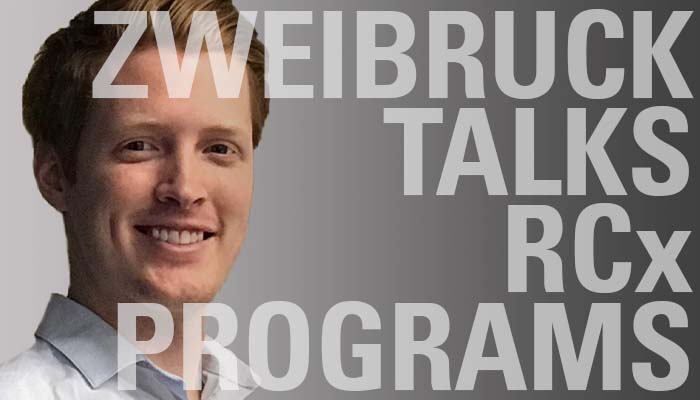The inaugural event looking to foster collaboration between real estate developers throughout the Midwest is set to take place in Chicago October 12. The goal is to focus on underrepresented populations in commercial real estate. (Learn more about Diverse Developers Conference.)
On many construction projects, controls systems will be one of the most complex facets of the build. They frequently involve a single central system that must communicate with and control numerous different pieces of equipment that are expected to play nice with one another.
The nature of this complexity invites significant scrutiny during the acceptance phase, largely from the Commissioning Authority (CxA). The CxA doesn’t enjoy writing up issue after issue; however, the contractor’s perception is often otherwise.
Having been a field technician for 13 years for a major controls company who has transitioned to a CxA role, I have seen both perspectives. I have witnessed how each party can capitalize on its unique knowledge bases and strengths to play nice and deliver a quality product to the client.
The overarching key is to begin the project with a strong team mentality. Driving a team approach rather than an “us vs. them” mentality, starting at the commissioning kickoff meeting, can encourage the contractor to be a more active participant throughout the project.
Three crucial areas where the CxA can help the controls team have a voice and feel like more of a team player during the commissioning process are:
- Sequence of Operations Review/Finalization
To leverage the controls team’s skillset early on, the CxA can give the controls contractor team a chance to be heard in the design and early construction process by encouraging its involvement in a Sequence of Operation (SOO) review. The controls contractors are experts in their controls systems, so they can often add input about a better way to control a piece of equipment from their past experiences. Often there are multiple paths that lead to the same desired result, and the controls contractor can help lead the team in the way that makes most sense with their particular control system. This can reduce the need for Requests for Information (RFIs) and may reduce the number of issues discovered due to differences in sequence interpretation during functional testing.
- Scheduling
Another way the CxA can encourage the control team’s input is to get the members involved in scheduling meetings. Controls contractors almost always have their backs up against the wall, since they are usually the last contractor in the construction timeline to be released to begin their work. This means if any prior work shifts or doesn’t go as planned before turnover to the controls contractor, the controls contractor is usually the one who gets their allotted time-crunched.
As the CxA, encouraging the controls contractor to speak up to ensure he or she receives the time required to successfully implement their systems will allow the controls contractor to see the CxA as an advocate rather than adversary. That will help build trust and a team mindset when it comes to implementation and testing. This will also ensure that the systems are ready to the best of the contractor’s ability instead of being pieced together over long and mistake-ridden days in a mad dash to move into functional testing.
- Functional Test Development
Controls contractors can also provide CxAs with a wealth of learning experiences as controls systems are always evolving and improving. Controls contractors work on a variety of projects and with many different CxAs. Because of this, they bring vast experience to the table of how to best test and manipulate their systems.
When the CxA is writing test scripts, it is important he or she includes the controls contractor as a reviewer party. While a test may have been written to simulate a certain condition in using one manner of overrides or adjustment, the controls contractor may have a better idea of how to achieve the same desired condition – or if the system is even capable of testing in the manner the CxA has set forth. Alternatives will likely require further review from the entire project team ahead of testing but often will result in more efficient and thorough testing in the field.
Clear, concise and early communication of expectations between the controls contractor and CxA will lead to teams that “play nice” and eliminate surprises during critical testing activities. When each party works to learn from and advocate for one another, they drive more efficient and complete installation and commissioning processes.




